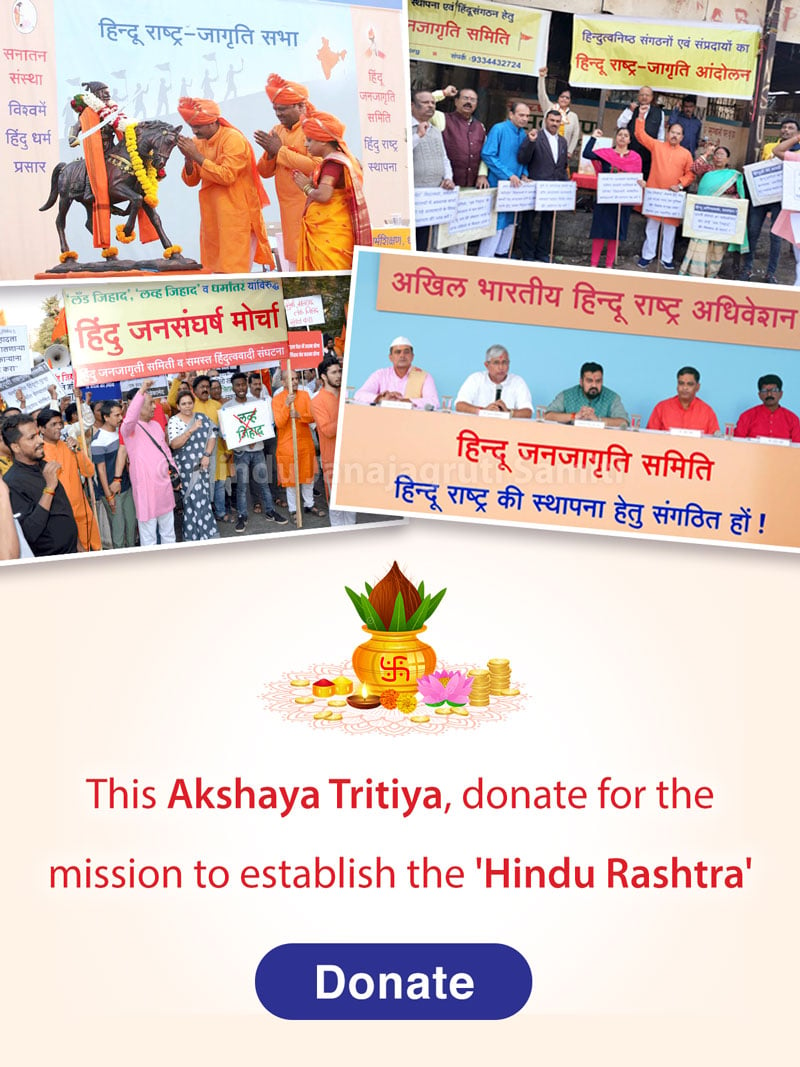Sabarimala (Kerala): Makar Sankranti that occurs every January is an auspicious day for Hindus. It is also a special time for devotees of Lord Ayyappa who undertake the pilgrimage to Sabari hills where they offer prayers and converge to witness a spectacle called Makar Jyoti or heavenly light.
Ayyappa, the presiding deity at Sabarimala – situated in the Western Ghats in Pattanamthitta district of Kerala – is popularly known as Dharma Shasta. The deity is also known as Ayya, Ayyan, Appan or Kaliyuga Varadan. He is believed to be the one who protects us from all the evil propensities of Kaliyuga. He is called Sarva Roga Nivarana Dhawantharamurthi or the one who cures all diseases.
Ayyappa is also known as Anna Dana Prabhu and Akhilanda Koti Brahmandanayakam. He is an incarnation of Vishnu who assumed the form of an enchantress, Mohini, and her union with Shiva led to the conception and birth of Lord Ayyappa.
Ayyappa is believed to have been born near the Pamba River. Ayyappa’s avatar on earth was to annihilate the demon Mahishi who could be killed only by a confluence or coming together of the Vishnu-Shiva power. In this manner, Ayyappa is the avatar of the cosmic forces of Hari and Hara and so is also known as Hariharaputra.
The day of Ayyappa’s birth is also known as Makar Vilakku day, the first day of Makar, Uttarayanam or Krishna Paksha under the star Uttram. Those who are born on this auspicious day are believed to be divya purushas of 64 kalas, blessed with great potential and promise.
Certain customs are observed when one undertakes a pilgrimage to Sabarimala. A pilgrim attending the Mandala puja observes austerities for 41 days. During this period pilgrims abstain from non-vegetarian food and cardinal pleasures. They set out in groups with a leader and each pilgrim carries a cloth bundle called Erumudikettu, containing traditional offerings.
Sabarimala temple has no restrictions of caste or creed. The easiest route is via Chalakkayam by which one can reach the banks of River Pamba. Pamba is the main halting point on the 4-5 km long trek that takes you to the abode of Ayyappa in Sabarimala. Pilgrims climb the 18 golden steps to reach the Sannidhanam or sanctum sanctorum of the Lord and witness the divya darshanam. Every year during Makar Vilakku, the golden idol of Ayyappa is decorated with ornaments specially brought in from the Pandalam Palace where Lord Ayyappa is said to have spent his childhood.
On the Makar Vilakku day, several significant and reportedly supernatural events take place, making the event at Sabaramila an incredible experience for the devotees. During the procession undertaken from Pandalam Palace to the Sabari hills each year, a Garuda bird hovers in the sky over the bejewelled caravan. Once the procession reaches Sabarimala, the Garuda hovers over the flag post overlooking the sanctum sanctorum. Another event is the occurrence of what appears to be a bright glittering star in the sky facing the sanctum sanctorum.
A holy trek to Sabarimala where pilgrims converge from various geographical, social and linguistic backgrounds for a darshan of Lord Ayyappa transforms into a joyous celebration with chants of ‘Swamiye Saranam Ayyappa’ renting the air. The annual trek to Sabarimala is an unusual spiritual experience for the devotee.
Source: timesofindia.indiatimes.com

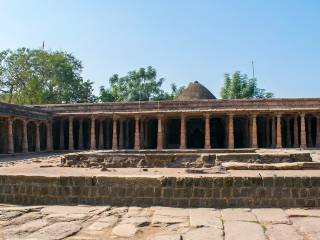 Madhya Pradesh: ASI survey of Bhojshala complex in Dhar to start on March 22
Madhya Pradesh: ASI survey of Bhojshala complex in Dhar to start on March 22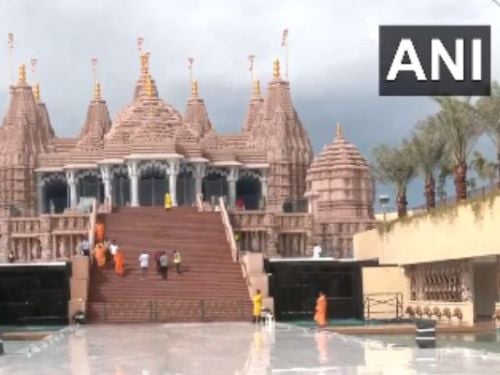 PM Modi to inaugurate the first traditional Hindu Mandir in Abu Dhabi
PM Modi to inaugurate the first traditional Hindu Mandir in Abu Dhabi Tirupati Devasthanams to establish platform for non-Hindus to adopt Sanatan Dharma
Tirupati Devasthanams to establish platform for non-Hindus to adopt Sanatan Dharma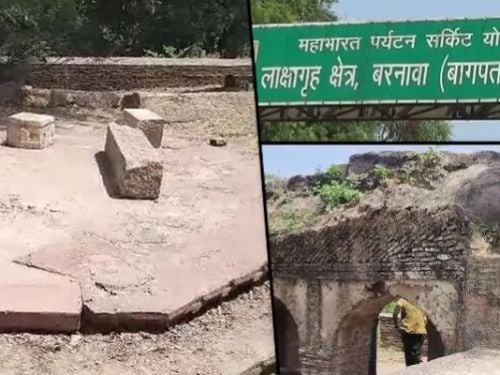 Baghpat court gives ownership rights of Mahabharata era Lakshagriha to Hindu side
Baghpat court gives ownership rights of Mahabharata era Lakshagriha to Hindu side Misleading claims about Brahmins removed in rationalised NCERT textbooks
Misleading claims about Brahmins removed in rationalised NCERT textbooks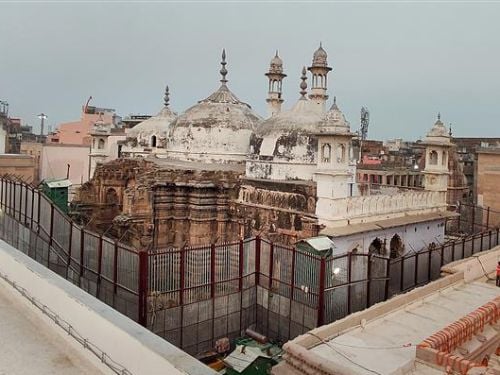 Big victory to Hindus as court allows puja in Vyas Ji Ka Tehkhana at Gyanvapi complex
Big victory to Hindus as court allows puja in Vyas Ji Ka Tehkhana at Gyanvapi complex